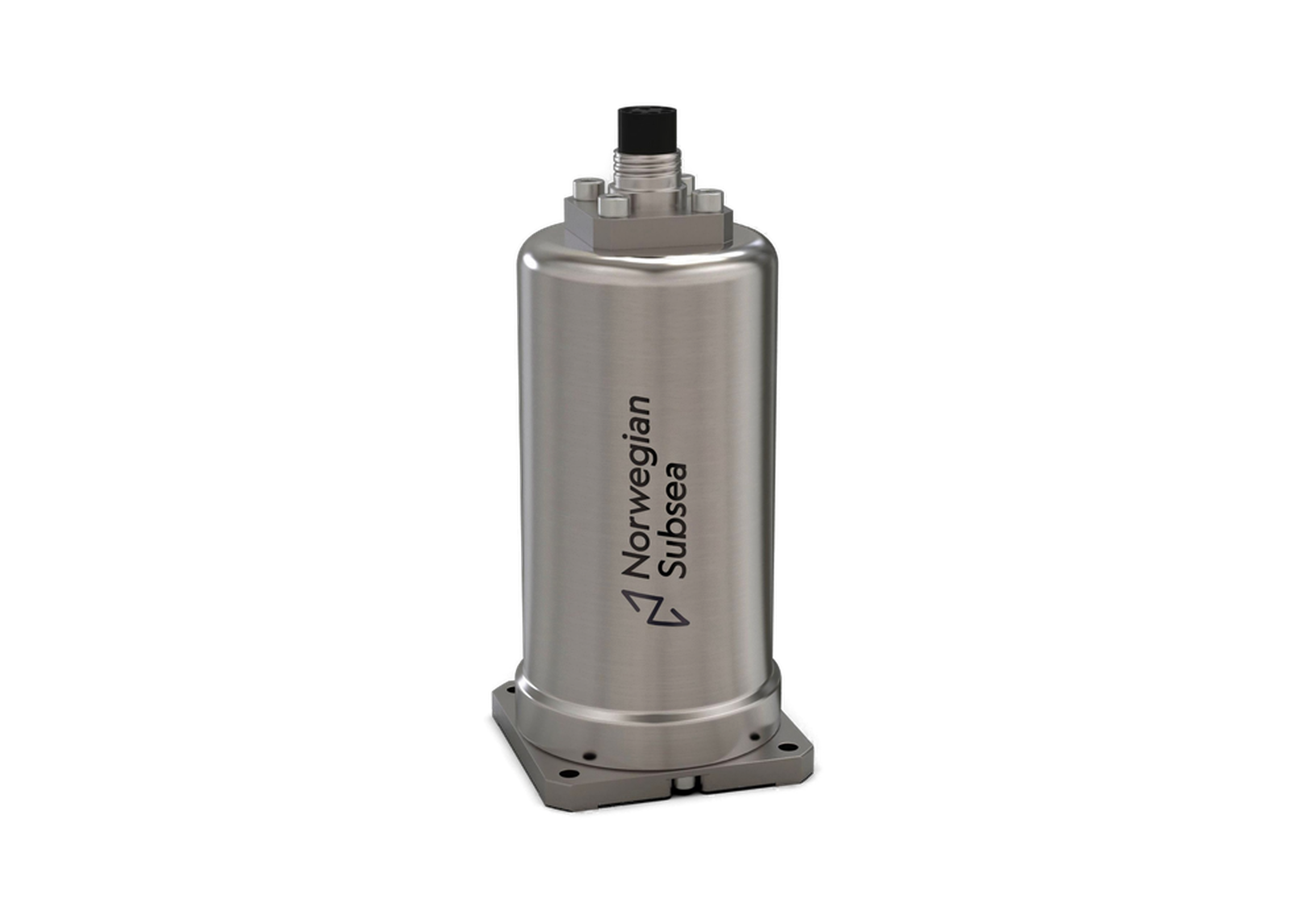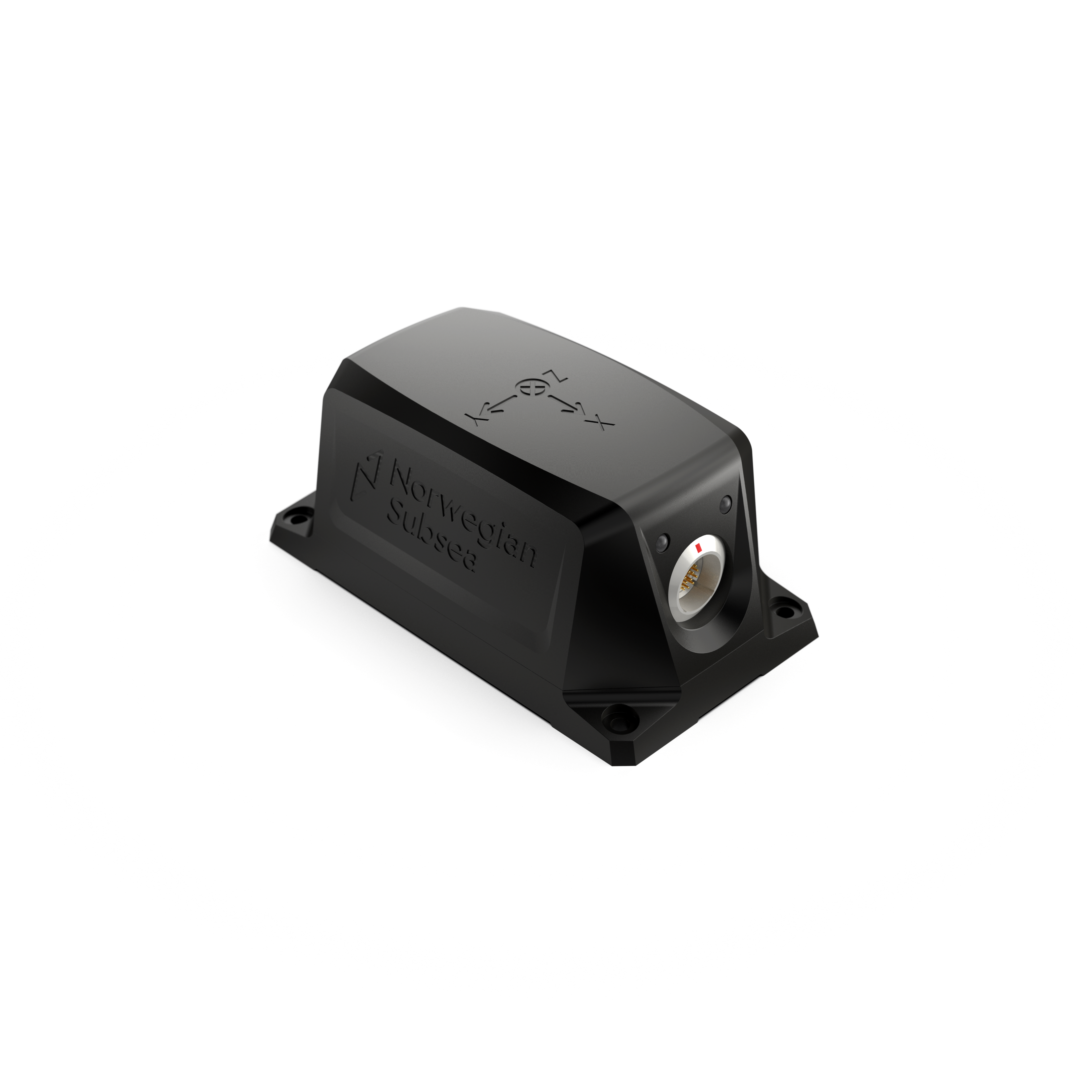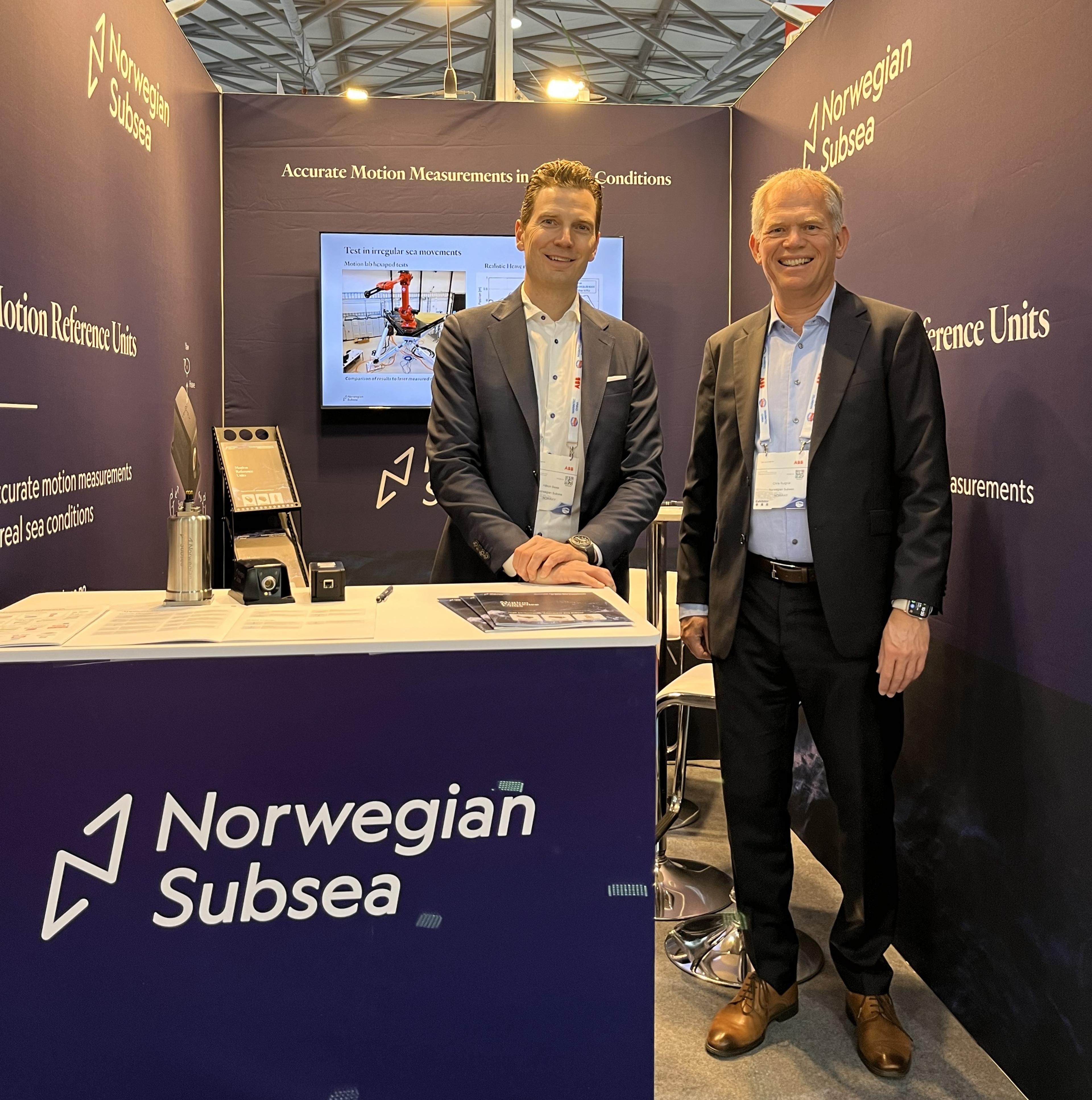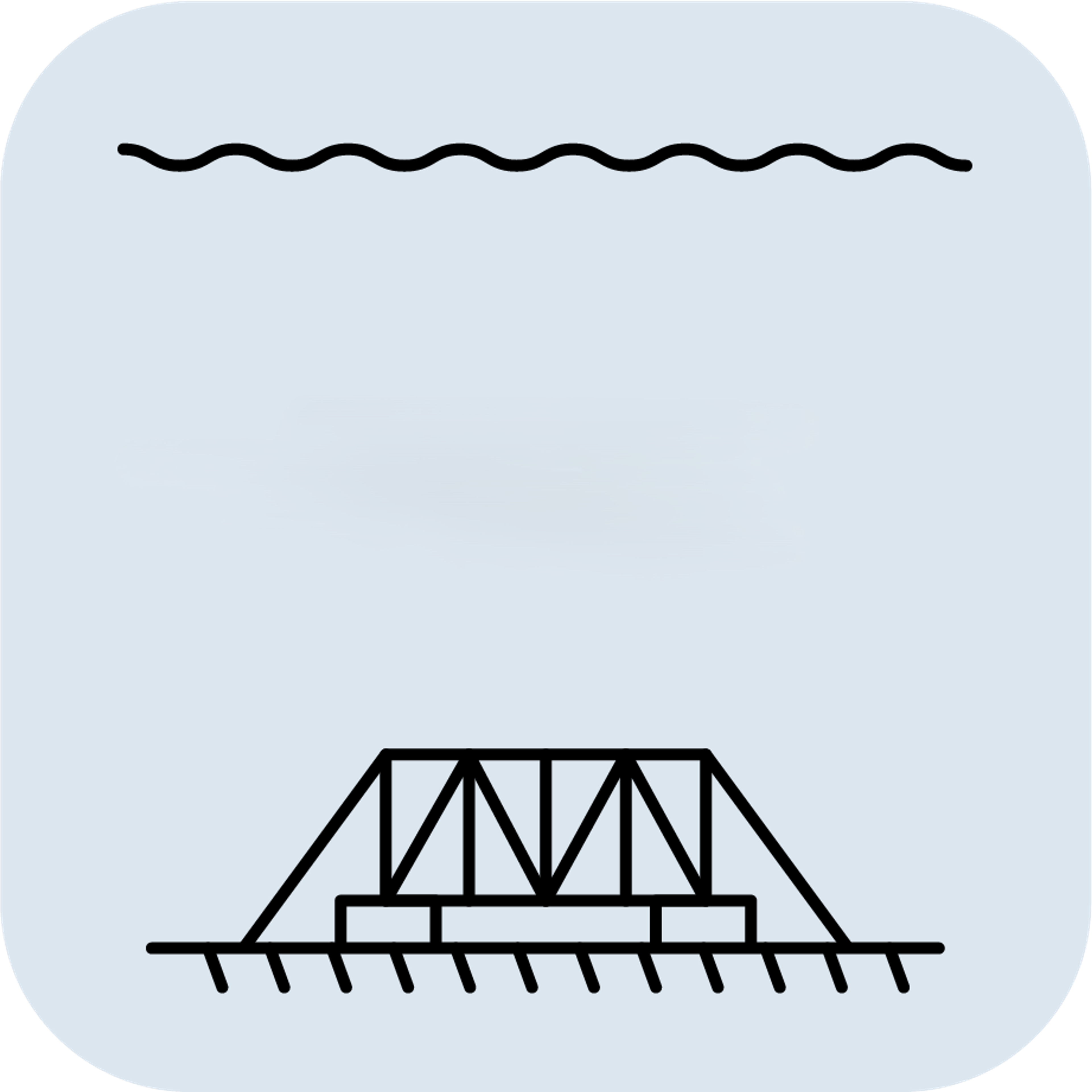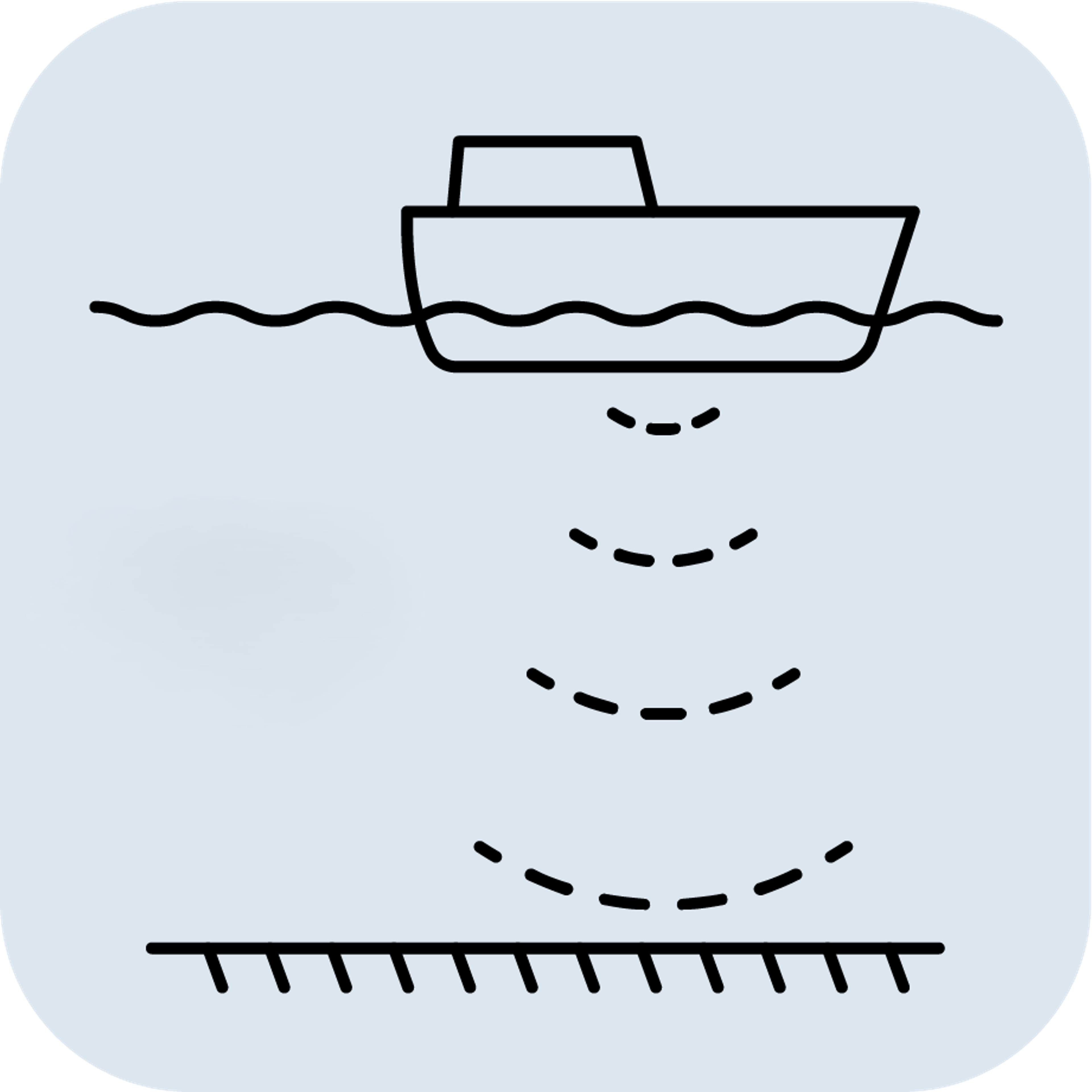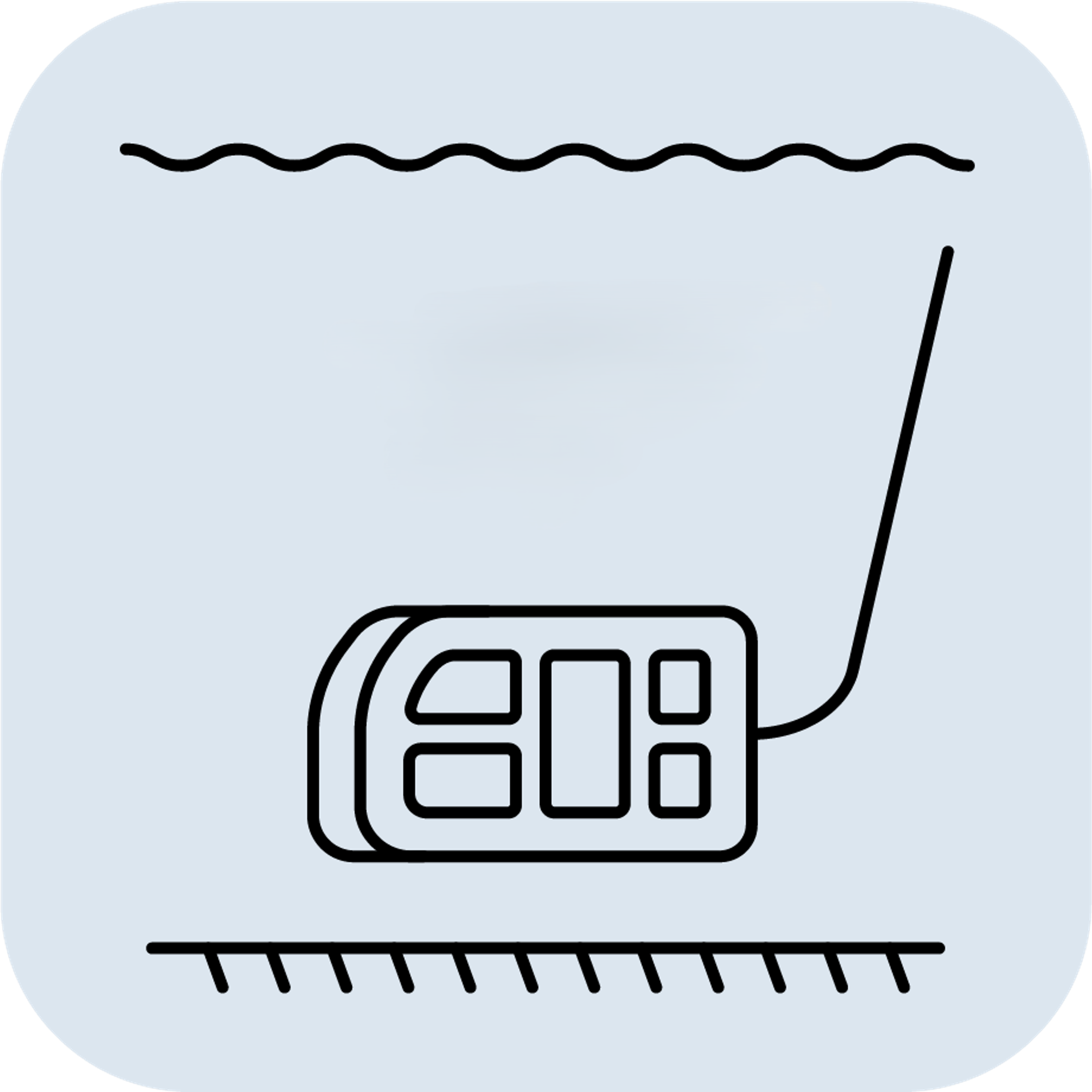What motion sensor technologies are best for ROVs?
What motion sensor technologies are best for ROVs?
Remotely Operated Vehicles (ROVs) operate in demanding subsea environments that require accurate and reliable motion sensing for effective navigation, positioning, control, and data acquisition. Selecting the right motion sensor is crucial for these missions, and Norwegian Subsea provides specialised solutions tailored for these needs.
Motion Reference Units (MRUs) for ROV Applications
The MRU Subsea from Norwegian Subsea is designed specifically for underwater ROV operations. It features a robust, compact titanium housing rated to 6000 metres depth, ensuring durability in deep-sea conditions. MRUs provide full six degrees of freedom (6DoF) motion data: Roll, Pitch, Yaw, Heave, Surge, and Sway. This data is vital for vehicle stability, precise control of manipulators, accurate navigation, and integration with acoustic positioning systems like USBL or LBL.
MRUs use advanced MEMS technology and sophisticated sensor fusion algorithms validated in real sea conditions. They are available in three accuracy tiers: ±0.05° (Series 3000), ±0.02° (Series 6000), and ±0.01° (Series 9000) for Roll and Pitch, with standard Heave accuracy of 5.0 cm or 5.0%.
The MRU Subsea includes a reliable Subconn connector and supports both Ethernet (UDP, Modbus TCP, Ethernet/IP) and serial (RS-232 or RS-485) communications. Its compact size, low weight, and ability to be mounted in any orientation make it easy to integrate into space-constrained ROV designs.
High-Accuracy Motion Compensation for Sonar
Accurate seabed mapping requires motion compensation of sonar systems to prevent data distortion from ROV movement. MRUs provide real-time correction for Heave, Roll, and Pitch, improving target detection, eliminating data gaps, and reducing the need for post-processing.
Key benefits include:
- Industry-leading motion accuracy under irregular and multidirectional wave conditions
- Operation without dependency on GNSS or RTK systems
- Cost-effective premium performance, suitable even for entry-level sonar systems
- Maintenance-free operation, reducing downtime and operational cost
OEM versions are also available for direct integration within sonar systems.
Inclinometer/VRU Options
For applications where only roll and pitch data are required, Norwegian Subsea offers a VRU (Vertical Reference Unit) or Inclinometer version of the MRU. These versions retain the same high Roll and Pitch accuracy as the full MRU and provide a cost-effective solution when full 6DoF data is not needed.
Integration and Reliability
Integration is simplified with standard and custom ASCII or binary formats. All MRUs are supplied ready-calibrated and are designed for long-term reliability, often eliminating the need for recalibration throughout their operational life. This ensures low maintenance overheads and dependable performance in critical subsea missions.
Conclusion
With a blend of high accuracy, deep-water resilience, and flexible integration, the MRU Subsea is the optimal choice for ROV operators requiring robust motion sensing. Norwegian Subsea’s technology meets a wide range of requirements, from full 6DoF motion compensation to tilt-only applications, ensuring precision and reliability across ROV operations and seabed mapping tasks.
